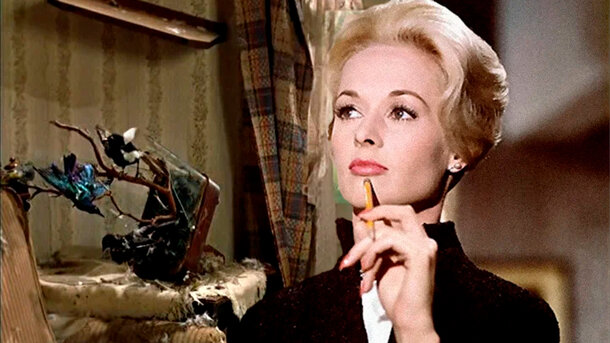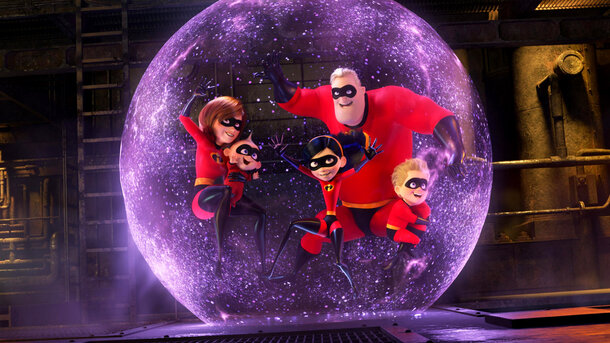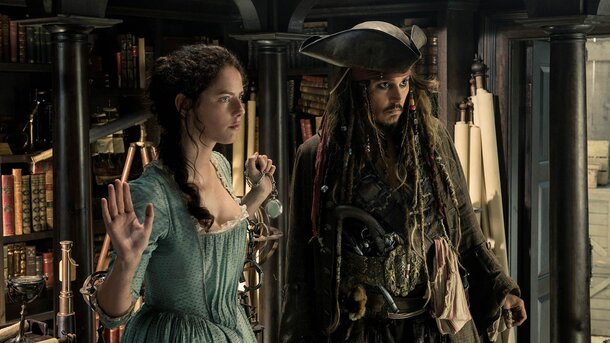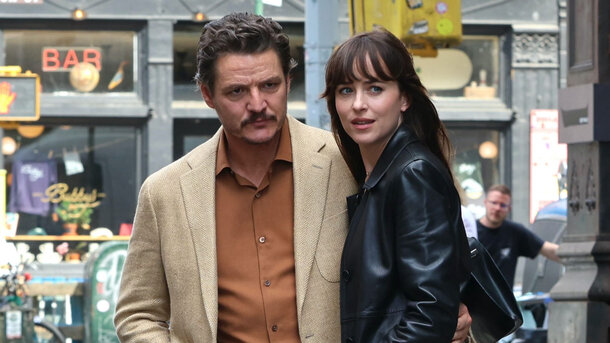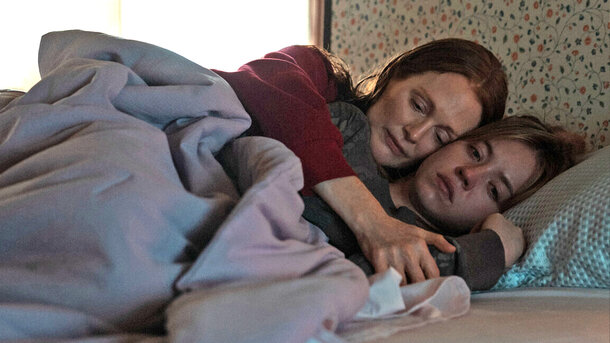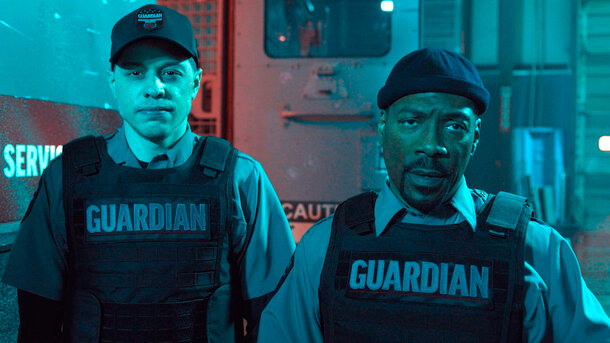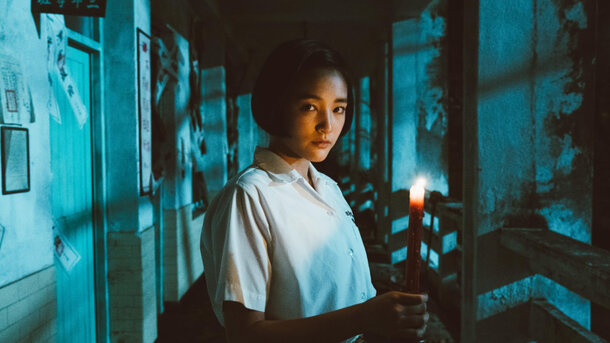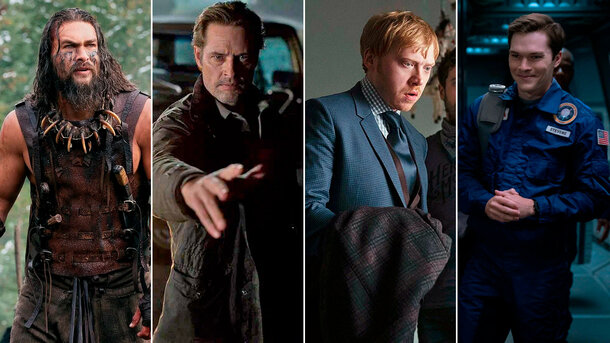Even at the dawn of cinema, when cinema was just learning to tell stories, cameramen and directors were looking for ways to make the picture expressive. Even then, they understood that the frame is a powerful tool for influencing the viewer, and they created sophisticated and unusual techniques.
Most viewers have noticed that sometimes what is happening in a film is intentionally shown at an unnatural angle, as if the horizon is “tilted” ,but this is not a technical error, but a professional move. It is called the “Dutch angle”, although it did not appear in Holland at all.
The “Dutch angle” was first used in the 1920s in German cinema. Expressionist directors were the first to introduce “tilted” angles to convey the disturbing atmosphere of what is happening.

When a hero is in a state of shock or fear, a tilted shot helps the viewer feel his confusion. And in thrillers and horror films, it enhances the sense of danger, just remember how masterfully Alfred Hitchcock used the technique in The Birds.
But what does Holland have to do with it? The fact is that the words "Deutsch" (German) and "Dutch" (Dutch) sound similar. Because of a popular mistake, the technique got its current name.
